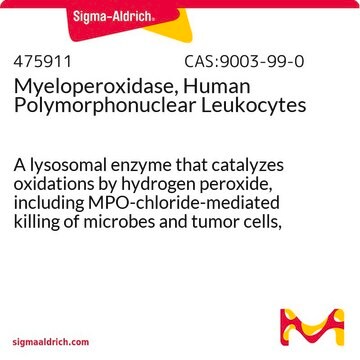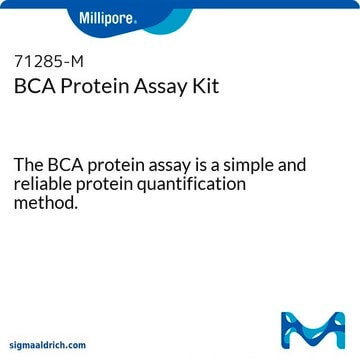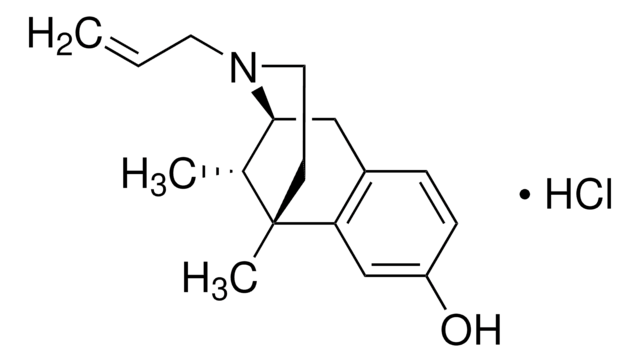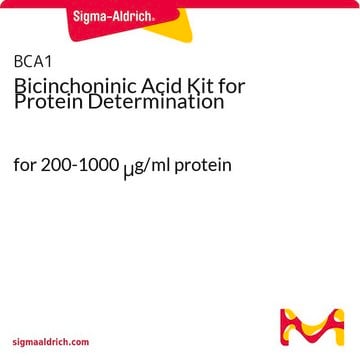The method of preparation is considered proprietary. However, as mentioned in this properties section of the Product Detail Page, this is Azurin from Pseudomonas aeruginosa. See the links below to review a sample Certificate of Analysis and the product data sheet, respectively:
https://www.sigmaaldrich.com/certificates/sapfs/PROD/sap/certificate_pdfs/COFA/Q14/A3672-1MG0000211689.pdf
https://www.sigmaaldrich.com/deepweb/assets/sigmaaldrich/product/documents/306/100/a3672dat.pdf
A3672
Azurin
from Pseudomonas aeruginosa, lyophilized powder
Select a Size
About This Item
Recommended Products
biological source
Pseudomonas aeruginosa
Quality Level
form
lyophilized powder
composition
Protein, ≥65% Lowry
concentration
≥65.0% (Lowry)
technique(s)
toxicology assay: suitable
solubility
water: soluble 1—1.1 mg/mL, clear, blue (light blue to blue)
UniProt accession no.
storage temp.
−20°C
Gene Information
Pseudomonas aeruginosa ... AZU(878046)
Looking for similar products? Visit Product Comparison Guide
General description
Application
Biochem/physiol Actions
Physical form
Storage Class Code
11 - Combustible Solids
WGK
WGK 3
Flash Point(F)
Not applicable
Flash Point(C)
Not applicable
Personal Protective Equipment
Choose from one of the most recent versions:
Certificates of Analysis (COA)
Don't see the Right Version?
If you require a particular version, you can look up a specific certificate by the Lot or Batch number.
Already Own This Product?
Find documentation for the products that you have recently purchased in the Document Library.
-
How do i know that this is azurin i mean any confirmatory test or anything else.
1 answer-
Helpful?
-
Active Filters
Our team of scientists has experience in all areas of research including Life Science, Material Science, Chemical Synthesis, Chromatography, Analytical and many others.
Contact Technical Service








